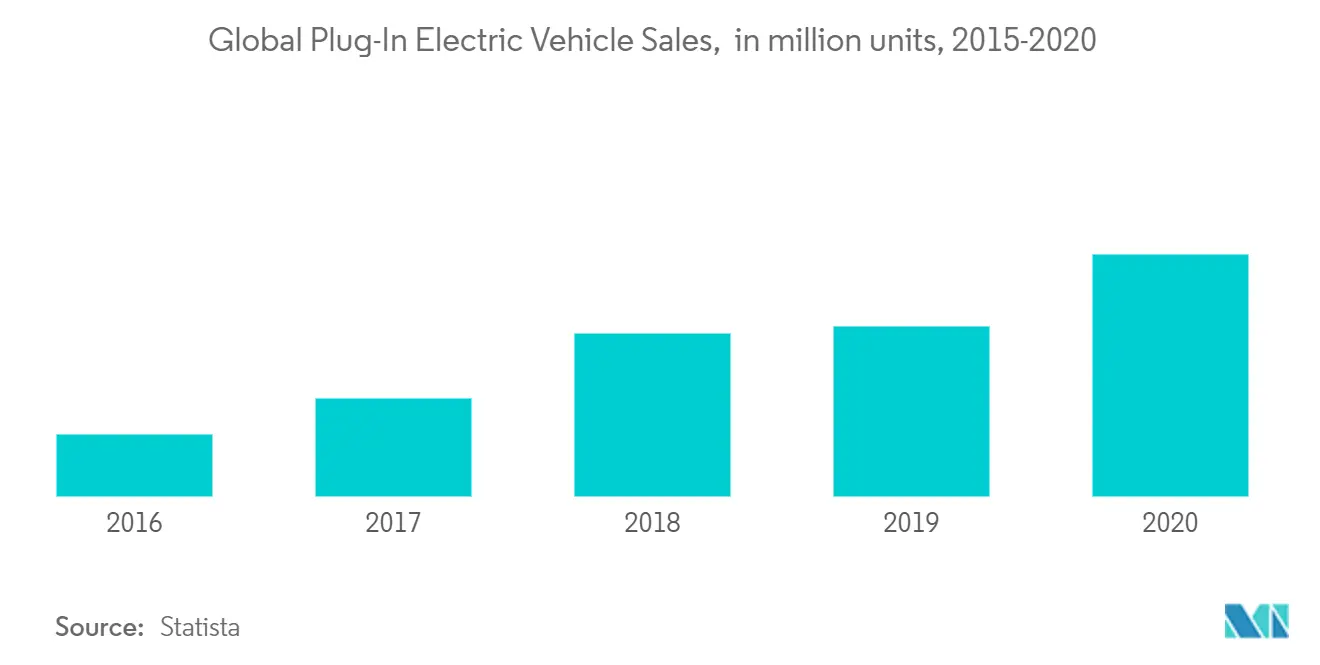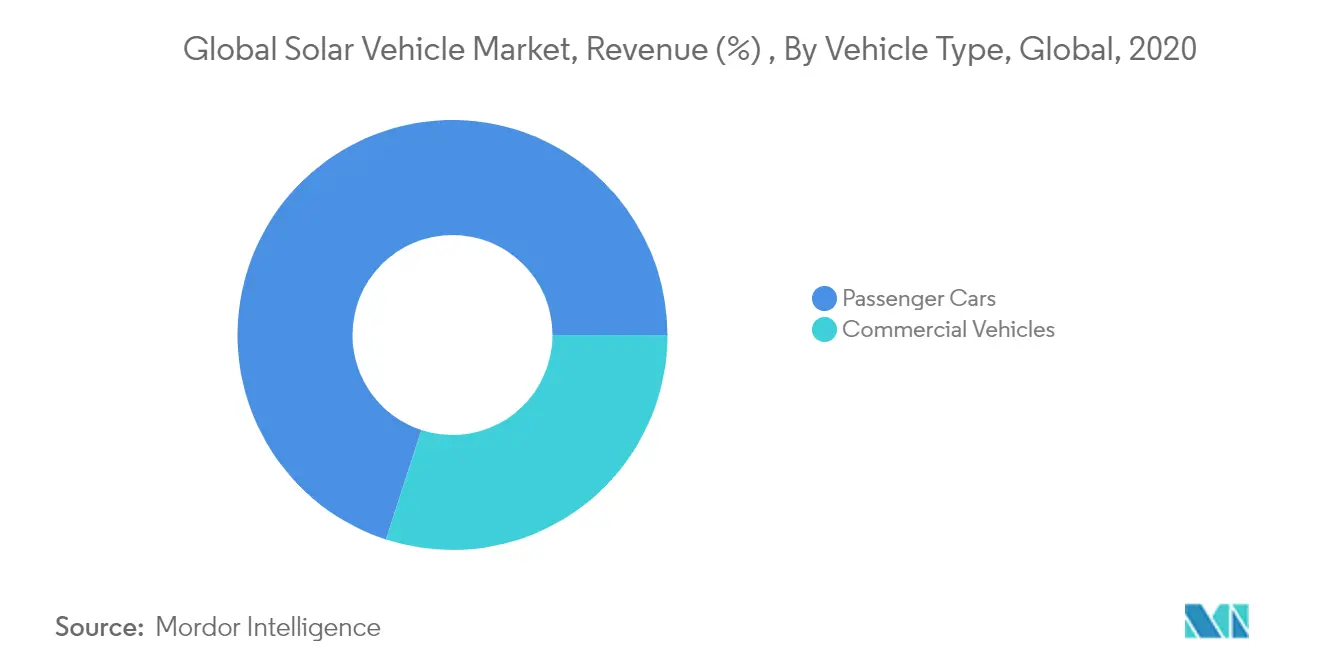Market Trends of Solar Vehicle Industry
This section covers the major market trends shaping the Solar Vehicle Market according to our research experts:
Stringent Vehicle Emission Norms and Regulations are Driving the Demand for Hybrid Vehicles
In order to create more efficient frameworks regarding emissions, many countries are creating sustainable environments for the automobile sector. The EU set new regulations for carbon dioxide emissions for new passenger cars and commercial vehicles. The 2020 package is a set of laws passed to ensure the EU meets its climate and energy targets for the year 2020. The package sets three key targets: a 20% cut in greenhouse gas emissions (from 1990 levels). The agreed-upon targets aim to reduce average CO2 emissions from new passenger cars by 20% in 2025 and by 37.5% in 2030, both relative to the 2021 base figure.
In March 2020, the United States EPA and NHTSA finalized the Safer Affordable Fuel-Efficient (SAFE) Vehicles Rule [4754], which relaxed the GHG emissions and CAFE standards for MY 2021-2026 vehicles. The 2020 rule increases the stringency of CAFE and CO2 emission standards by 1.5% each year through the model year 2026, while the CO2 standards issued in 2012 would have required increases of almost 5% per year.
Hybrid vehicles are helping manufacturers achieve these targets, and governments are awarding appropriate subsidies and rebates for the same. For instance, the Dutch government reduced the registration fees up to 7% for a plug-in hybrid vehicle. Similarly, Dubai's Roads and Transport Authority announced ambitious plans for half of the emirate's cabs to be hybrid vehicles by 2021. Even the Moroccan government announced that it would remove customs duties for hybrid and electric vehicles as part of a package of changes aimed at promoting eco-friendly cars. All these initiatives are expected to boost the solar vehicle market over the forecast period.

Passenger Cars Segment is Expected to Show the High Growth Rate
Passenger cars hold a major share in the solar-powered vehicles market. Many automakers are unveiling concept cars and prototypes, which are soon to be in production. Lightyear, a Dutch startup, developed the 'Lightyear One', a solar electric car with panels on the roof and bonnet which charge the vehicle. The car is expected to go into production by 2021, and it would be available at a price of around USD 149,000.
The German-based startup Sono Motors revealed the design of its solar electric car Sion where the battery can be charged using the electric grid or its own solar cells. The company announced its plans to start manufacturing the car by the end of 2022. Hyundai released a version of its 2021 Hyundai Sonata Hybrid sedan that has solar film embedded on its roof to help charge the battery. Moreover, 60% of the total power for the car's battery could be gathered if the solar roof is used for 6 hours a day. This power salvaged is enough to propel the vehicle for around 1,300km (800miles) a year. All these developments are expected to help this segment grow considerably by 2026.


